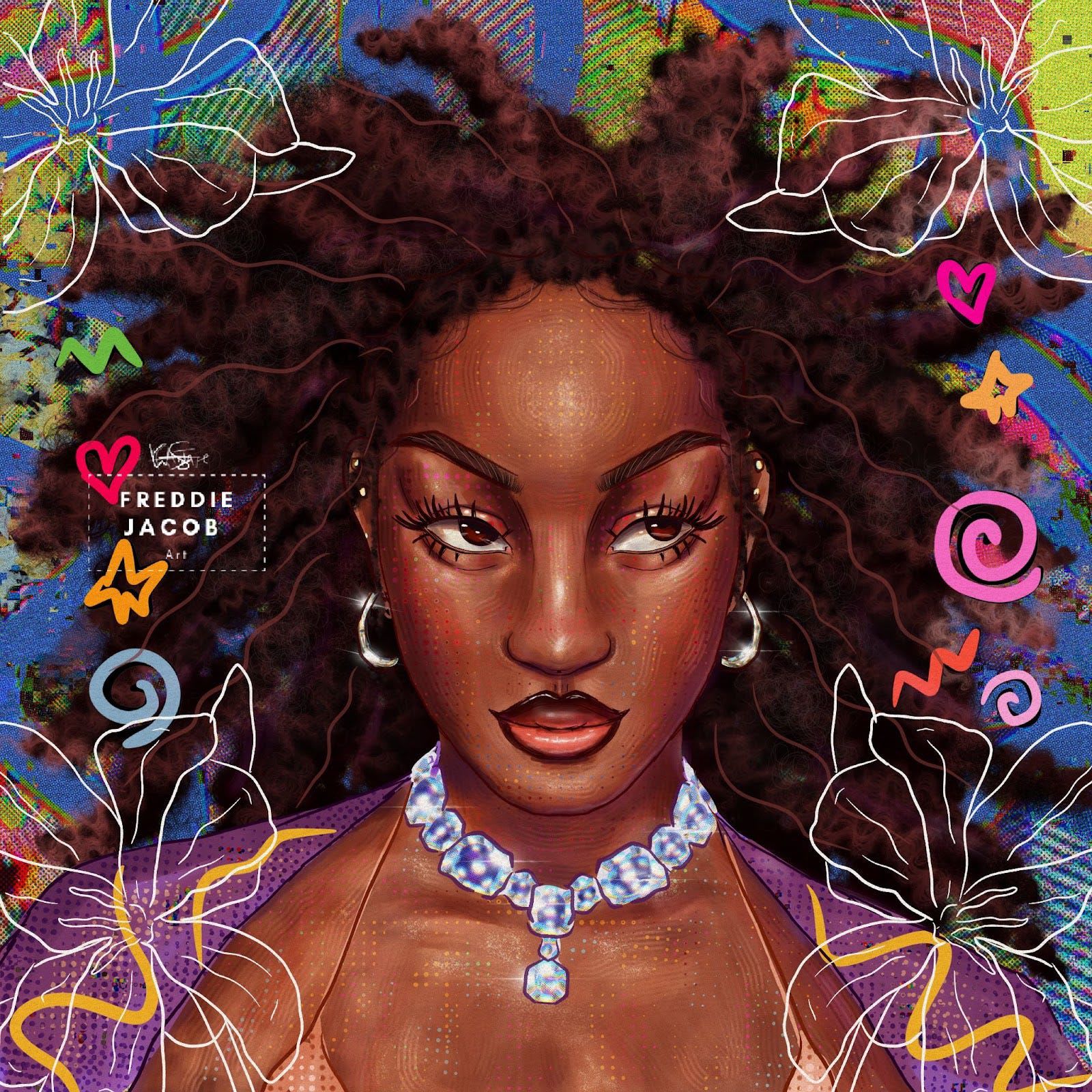The Evolution of Creativity in the Age of Artificial Intelligence
Artificial intelligence is reshaping the landscape of visual arts, from digital paintings to AI-enhanced photography. We are witnessing a transformation that challenges our understanding of what it means to create. The emergence of AI-generated art has altered not only how we produce and consume creative works but also how we define originality itself.
AI as the Ultimate Remix Artist
Artificial intelligence has become a master of remixing. Platforms such as Adobe Firefly, Stable Diffusion, and OpenAI’s DALL·E do more than generate images—they learn from millions of existing artworks and photographs. These systems combine colors, styles, textures, and themes to craft something that appears new, yet is deeply rooted in what already exists.
This raises an important question for artists: if an AI system draws from other people’s work, can its output still be considered original? This issue is at the heart of discussions about creativity in the digital age.
The Human Element in Art
One of the central concerns with AI-generated art is its ability to capture the spontaneity and lived experience that often define human-created works. While these images may look technically impressive, they often lack the emotional depth and personal narrative that come from real-life experiences. For many, this makes them feel less authentic, even if they are visually stunning.
Nigerian Creators and the AI Landscape
Nigerian creators, like many others around the world, are navigating this evolving terrain. Some view AI as a valuable tool that can enhance their artistic process, while others see it as a threat to genuine artistic expression. The debate is ongoing, with many questioning whether AI tools foster innovation or merely replicate existing ideas.
Photography in the Age of AI
Photography, once seen as a way to document reality, has entered a new era. Advanced editing tools and AI features on smartphones and software like Photoshop’s “Generative Fill” have made it easier than ever to manipulate images. In 2025, the line between a captured moment and a created one has nearly disappeared. An image might appear to be a photograph, but it could have been entirely generated by artificial intelligence.
Tools like Gemini on social media allow users to transform selfies into cinematic portraits that were never actually taken. This trend blurs the boundary between reality and digital imagination, making it harder to distinguish what is real from what is fabricated.
Implications for Photojournalism
For photojournalists and documentary photographers, this shift poses serious challenges. Authenticity has always been a cornerstone of their work. However, when AI can fabricate realistic scenes, audiences may struggle to determine what is genuine. This raises questions about trust and the role of photography in documenting truth.
The Copyright and Ownership Dilemma
As AI-generated images become more prevalent, issues of copyright and ownership have become increasingly complex. Who owns an AI-generated image—the user who provided the prompt, the company that developed the AI, or the artists whose works were used to train the system?
Several high-profile cases have highlighted these concerns. Getty Images filed a lawsuit against Stability AI, while artists filed a class-action lawsuit against Midjourney and DeviantArt. The controversy surrounding AI-generated works continues to evolve, with many arguing that the term “original” is becoming increasingly questionable when AI relies heavily on existing data, some of which may be copyrighted.
The Future of Creativity
The rise of AI in the creative industry presents both opportunities and challenges. While it offers new tools for artists and photographers, it also forces us to reconsider long-held notions of originality, authenticity, and ownership. As the conversation continues, one thing remains clear: the definition of creativity is changing, and the role of artificial intelligence in shaping it is here to stay.
